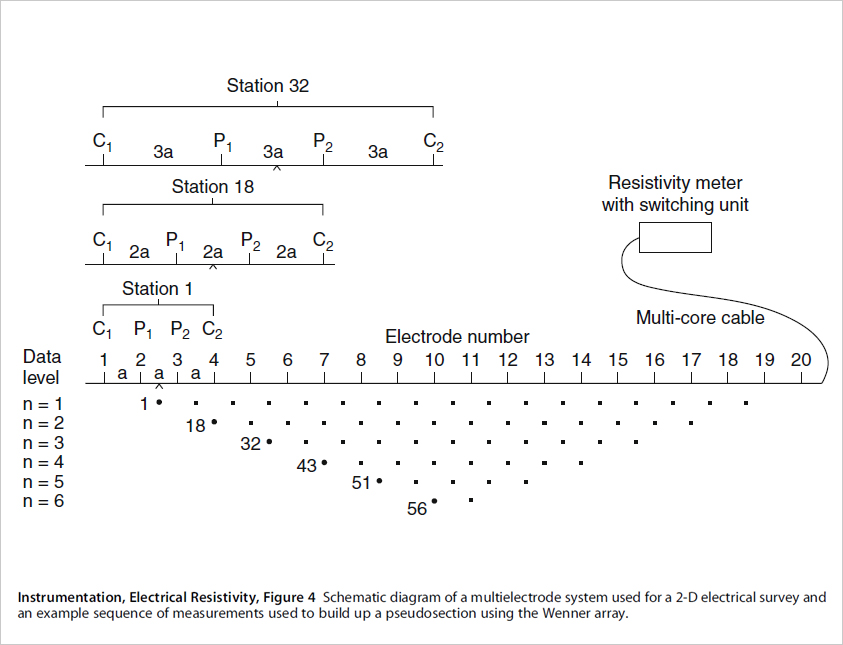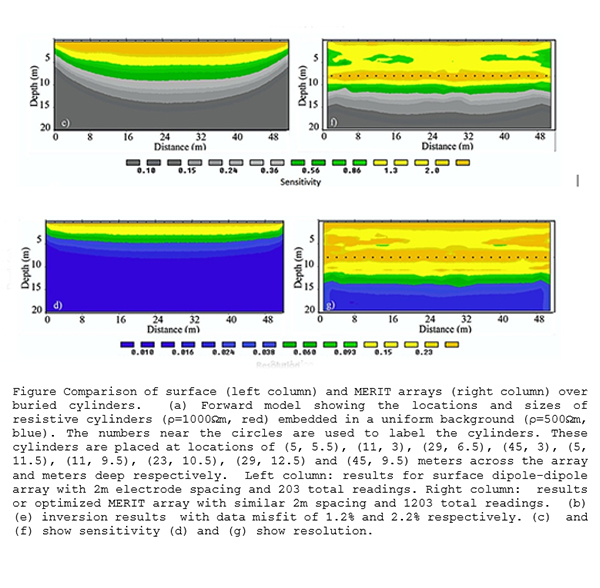Dr. Kiflu also has a strong multi-disciplinary experience in using integrated geophysical, geomechanical and hydrogeological techniques to solve seepage problems in several dam and reservoir sites including Tendaho dam (Logia, Ethiopia) and Kesem dam (Afar, Ethiopia). He has strong experience in geophysics, groundwater modeling, geo-statistics, numerical studies, Geomechanics, laboratory soil analysis, seepage analysis and slope stability analysis.
Dr Sarah Kruse graduated with a PhD from the Massachusetts Institute of Technology in 1989 and is a professor at the University of South Florida. Her research includes Near-Surface Geophysics with applications of ground penetrating radar and electromagnetic, and resistivity methods to environmental studies and volcanological studies as well as numerical simulations of ground penetrating radar response to geologic materials and structures.
Dr M. H. Loke obtained a PhD from the School of Earth Sciences, The University of Birmingham in 1994 under the supervision of Dr. R.D.Barker. The work of Dr Loke and Dr Barker at Birmingham University was among the first to successfully develop solutions to the inverse problem of Electrical Resistivity Tomography (ERT) using computers, and their approach is still widely used.
Dr Loke’s professional papers have over 4000 citations and he is the developer of the RES2DINV and RES3DINV software, and the Director of Geotomo Software. His present research interests are in fast 2D and 3D inversion methods for geo-electrical data, optimization of electrode arrays for 2D and 3D surveys, time-lapse inversion techniques, fast numerical methods and applications of parallel programming techniques in geophysical modelling. He is a member of the editorial board of the Journal of Applied Geophysics and Near Surface Geophysics, and also an invited peer reviewer for the UK Times and QS World University Ranking systems.
Dr Paul Wilkinson received a B.Sc. (Hons.) in Physics from the University of Birmingham in 1993 and a PhD in Theoretical Physics from the University of Nottingham in 1997. He joined the British Geological Survey in 2004 as a theoretical geophysicist. His research interests include geo-electrical tomography, tomographic image optimization, and adaptive experimental design. He is the author of over 140 journal and conference papers
Over the years of research the development of efficient installation procedures, optimization of data collection, improved inversion methods and data validation were fully vetted. The final product of the research resulted in papers published in 13th annual sinkhole conference and two publications in the Journal of Applied Geophysics.
Commercial applications of MERIT have been applied to sinkholes in alignment of roadway to 170 feet by Florida Department of Transportation (FDOT), Geophysical Imaging of geologic conditions to 100 feet below potential location of 5 million gallon water tank for Hillsborough County, Florida , Imaging lateral movement from sinkhole that affected 2 lanes of the Florida Turnpike and threaten a 54 inch pressured reclaim water main for Orlando County Utilities, as well as detail imaging of sinkhole/ downward movement of water near gas pipeline previously surveyed by Electrical Resistivity and Ground Penetrating Radar geophysical surveys for Florida Gas. MERIT has been used by Florida Department of Environmental Protection (FDEP) on former gas stations to show potential contaminated pathways from the upper surface aquifer into the lower main aquifer through sinkholes.
The surface geophysical technique Electrical resistivity is measured by the distribution of electrodes on the surface. This distribution of electrodes creates arrays of transmitters and receivers, typically two electrodes are transmitters and two are receivers. The data collection of the pair of electrodes is performed by geometric progression. Various geometric techniques have been developed using concept of two electrodes as transmitters and two receivers the most common are Wenner, Schlumberger, and Dipole-Dipole. However, all these geometries result in exponential decay of the data into an inverted triangle as shown in the image below.




